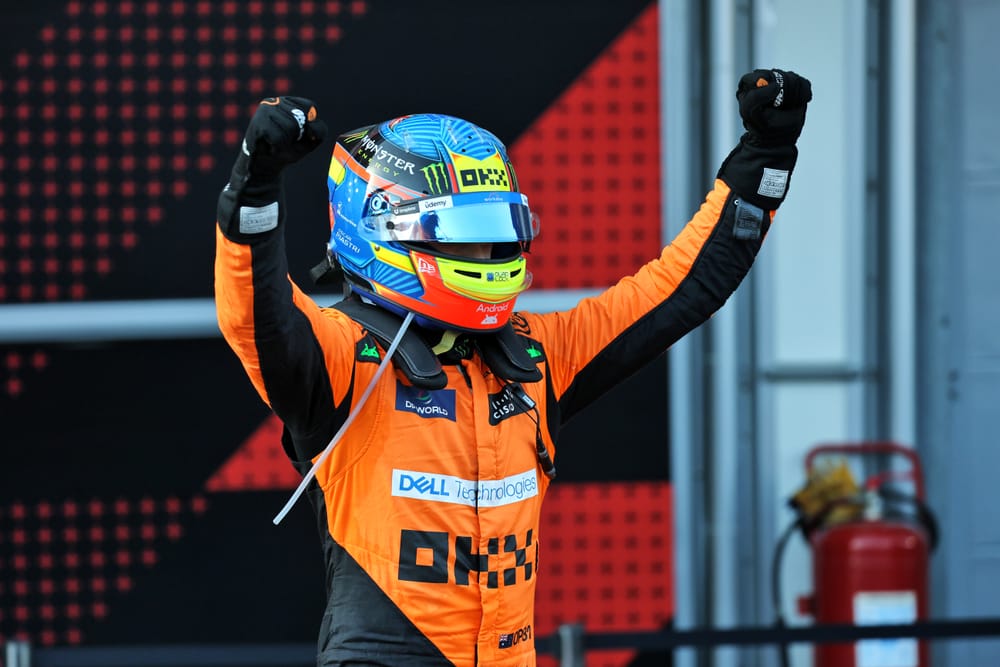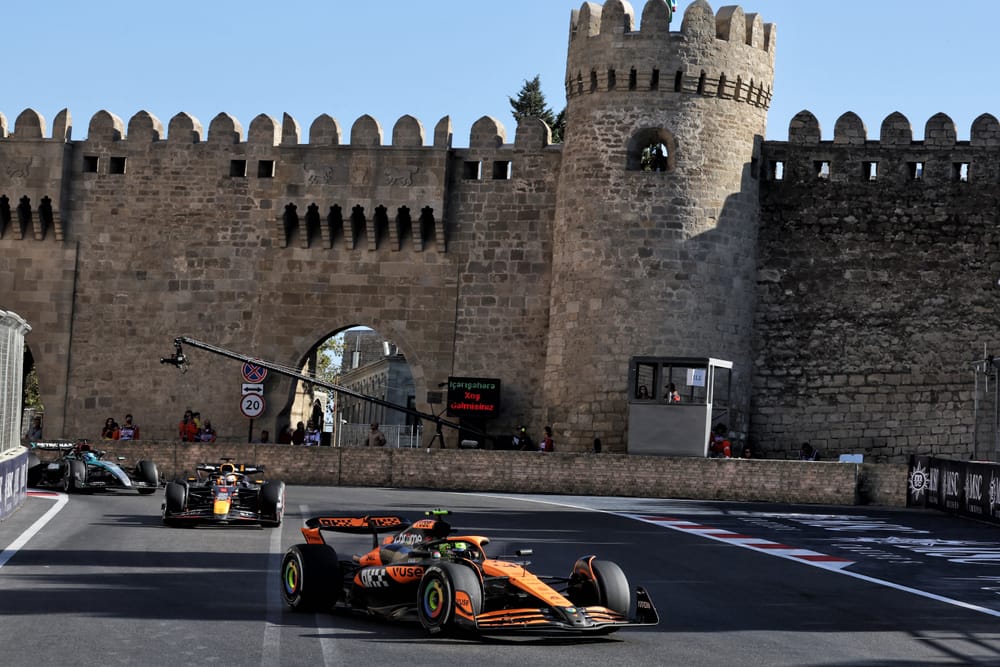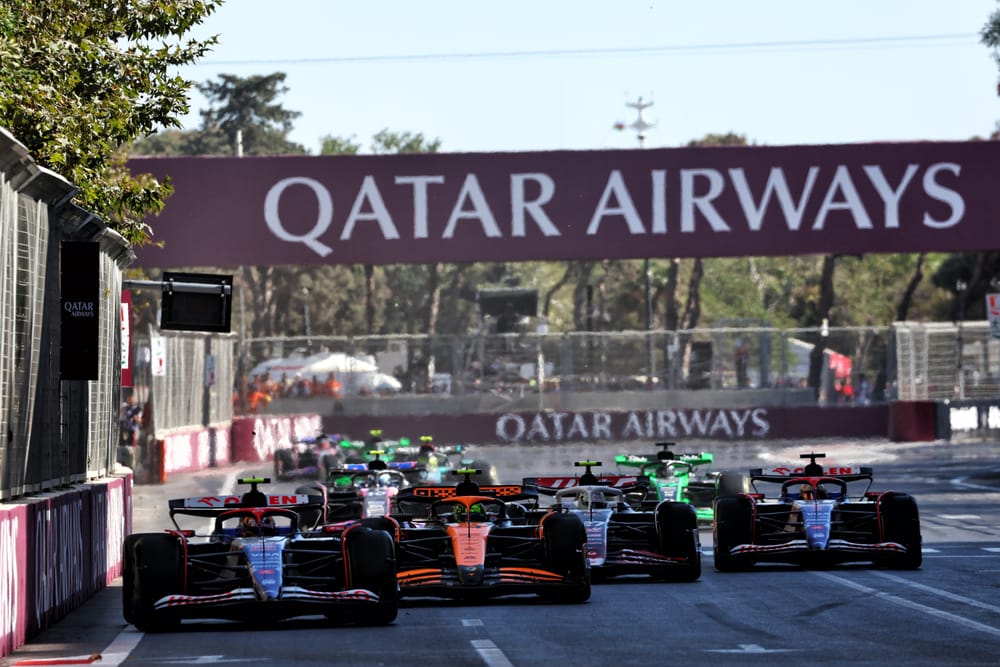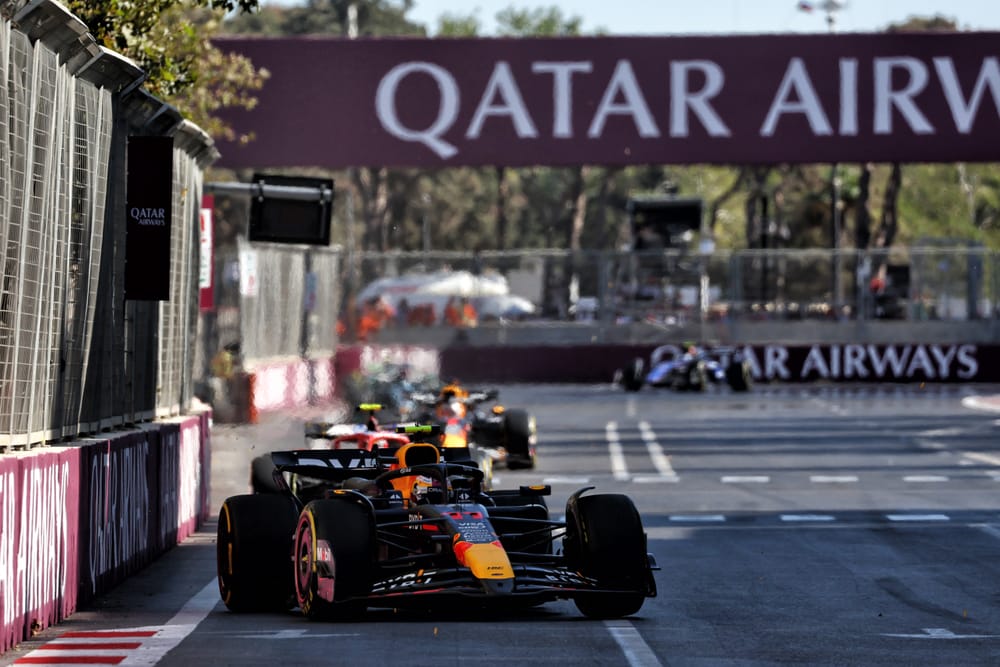Up Next

There was a very small window of opportunity for Oscar Piastri to win the Azerbaijan Grand Prix – and he grabbed it.
And once he’d done that by pouncing upon Charles Leclerc’s Ferrari from 25 metres back for the lead, he held onto it with outer calm but inner ferocity, Leclerc in his mirrors for all but the last couple of laps.
It made for a fantastic spectacle, especially as Sergio Perez hovered right behind them and Carlos Sainz joined in their battle in the last few laps. But inside the cockpit of the McLaren, just calm determination and clear thinking. This was a wonderful drive.
He’d only put himself in that position by way of that big-risk outbraking move on Leclerc very early in the second stint, before Leclerc’s hard tyres had come fully up to temperature.
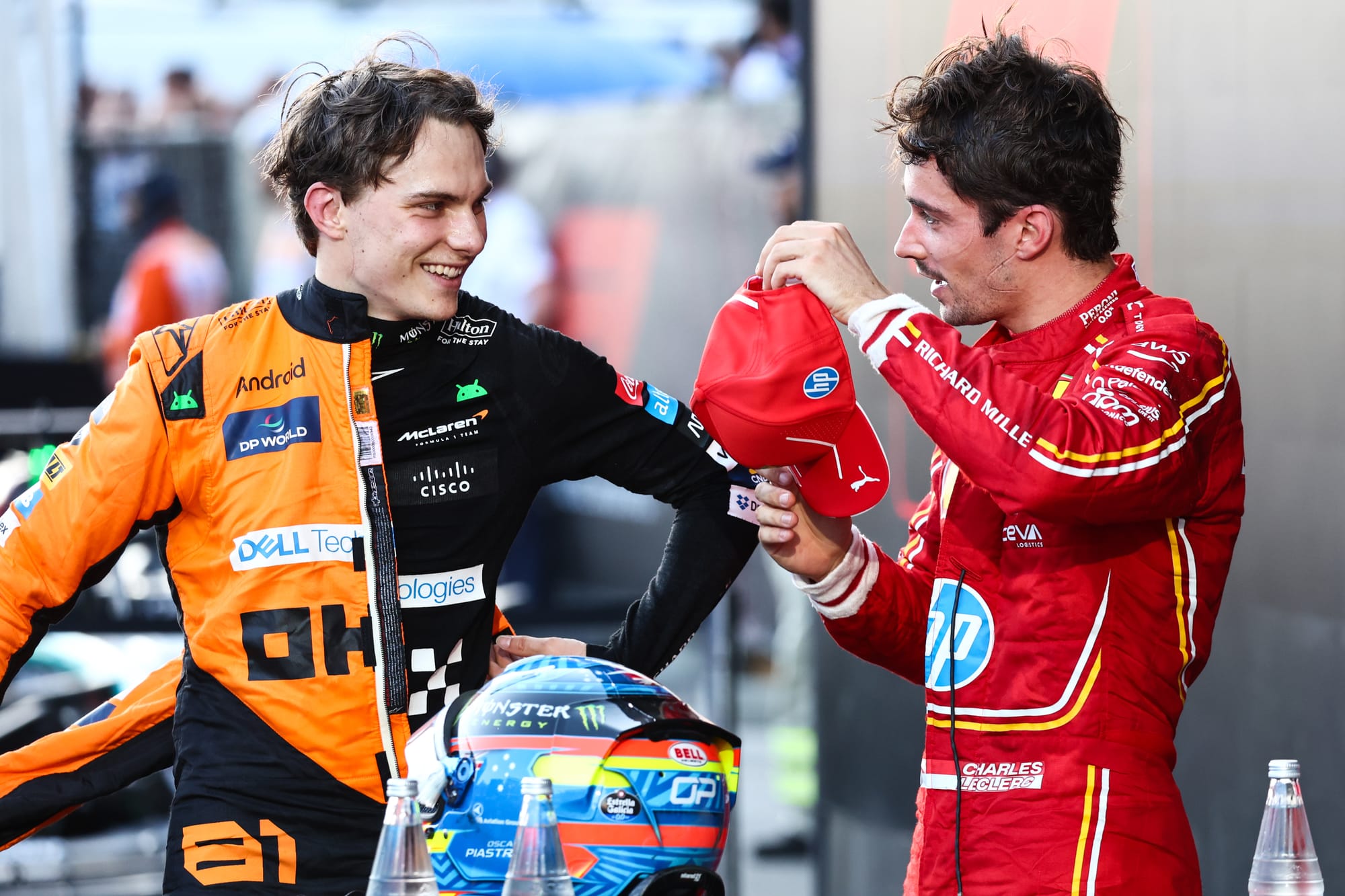
He told Leclerc afterwards he thought the move had only a 50/50 chance of coming off. Furthermore, the only reason it was him – and not Perez - right behind Leclerc was that McLaren had opportunistically used Lando Norris strategically to help prevent Perez from undercutting past Piastri.
FACTOR 1: HELP FROM NORRIS
This is some irony considering the McLaren team orders situation coming into the weekend – but of course that all went out the window with Norris’ unfortunate yellow flag drama in qualifying. That left Norris starting 15th, with Piastri on the front row alongside spectacular polesitter Leclerc.
It was just a happy confluence of circumstances for McLaren that Norris was in place to delay Perez and thereby allow Piastri a lap of overcut pace to retain him the second place. Otherwise Perez would have likely undercut his way past. But Red Bull had been between a rock and a hard place in bringing Perez in at the end of lap 13. It knew by doing that he’d be exiting behind Norris (who had started on the hard tyre and would be running for a long time yet), but if he didn’t pit then he would likely have been undercut by the following Sainz.
So he exited behind Norris and was told these laps were ‘strategy critical’. Except Norris – as instructed – backed right off, dropped over 1s and made a big delay exiting the narrow Turn 8/9/10 sequence. Meanwhile, Piastri was told to ‘use your pace’ despite his medium tyres now wilting, and was able to go faster than the Norris-delayed Perez for two laps and so hold onto the position.
Without that Norris delay – and the subsequent time lost behind the also long-running hard-tyred Williams of Alex Albon – Perez may have had the combination of tyre life and speed to have pressured Leclerc.
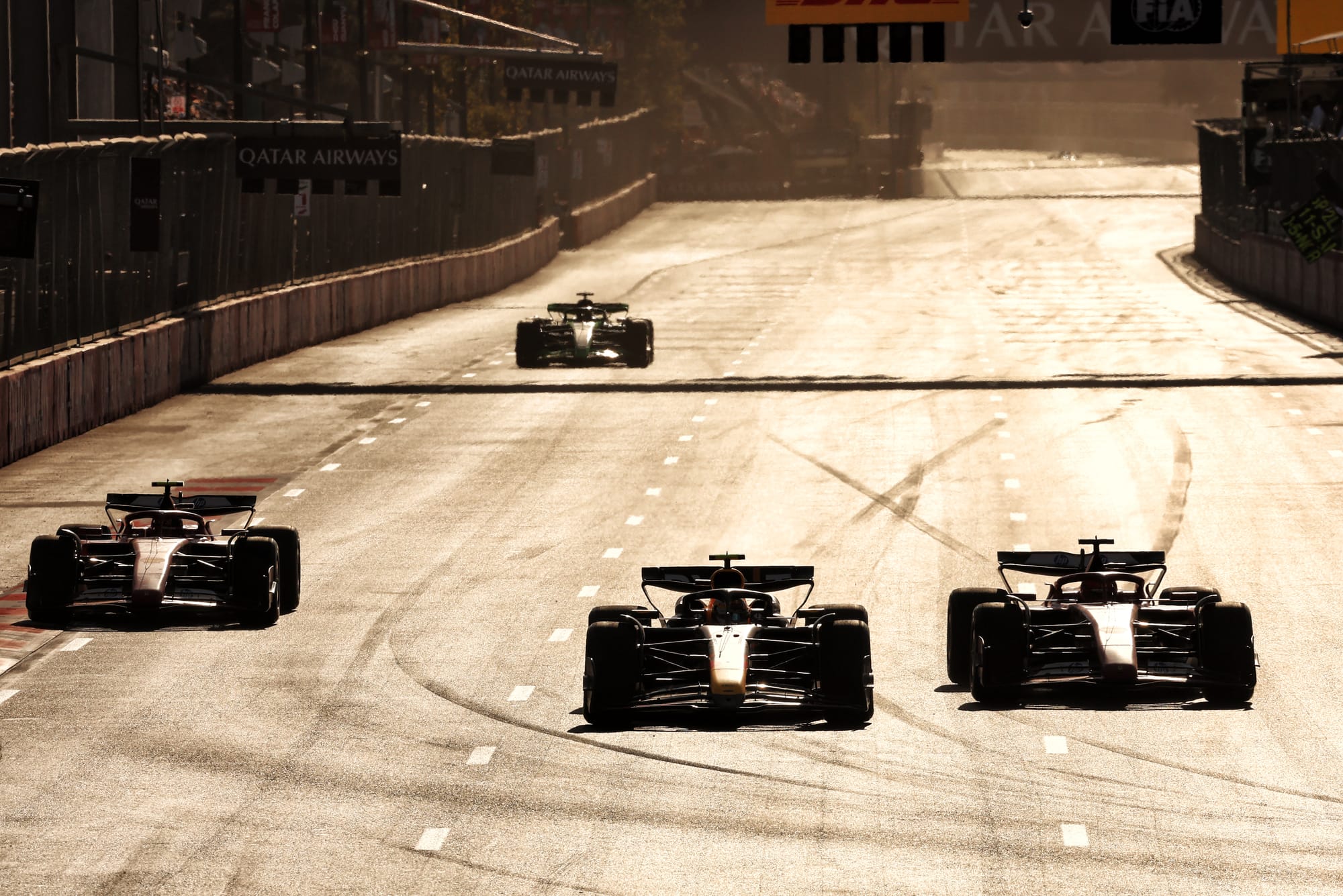
At the time of that crucial stop (in what was always a one-stop race) the focus of McLaren and Piastri was very much on defending second from Perez. Leclerc looked out of reach. He’d built up a 6s lead over Piastri in the first stint when both were on the medium tyre. It looked for all the world like the Ferrari-Leclerc combination were just quicker.
FACTOR 2: IGNORING AN INSTRUCTION
Piastri had given spirited chase for the first five laps, stuck in the Ferrari’s DRS zone, but had taken a lot out of his tyres in doing so. So what we were seeing in that first stint was the Ferrari at its happiest on the mediums versus a McLaren on slightly damaged mediums. And the difference was 6s in Leclerc’s favour after 14 laps.
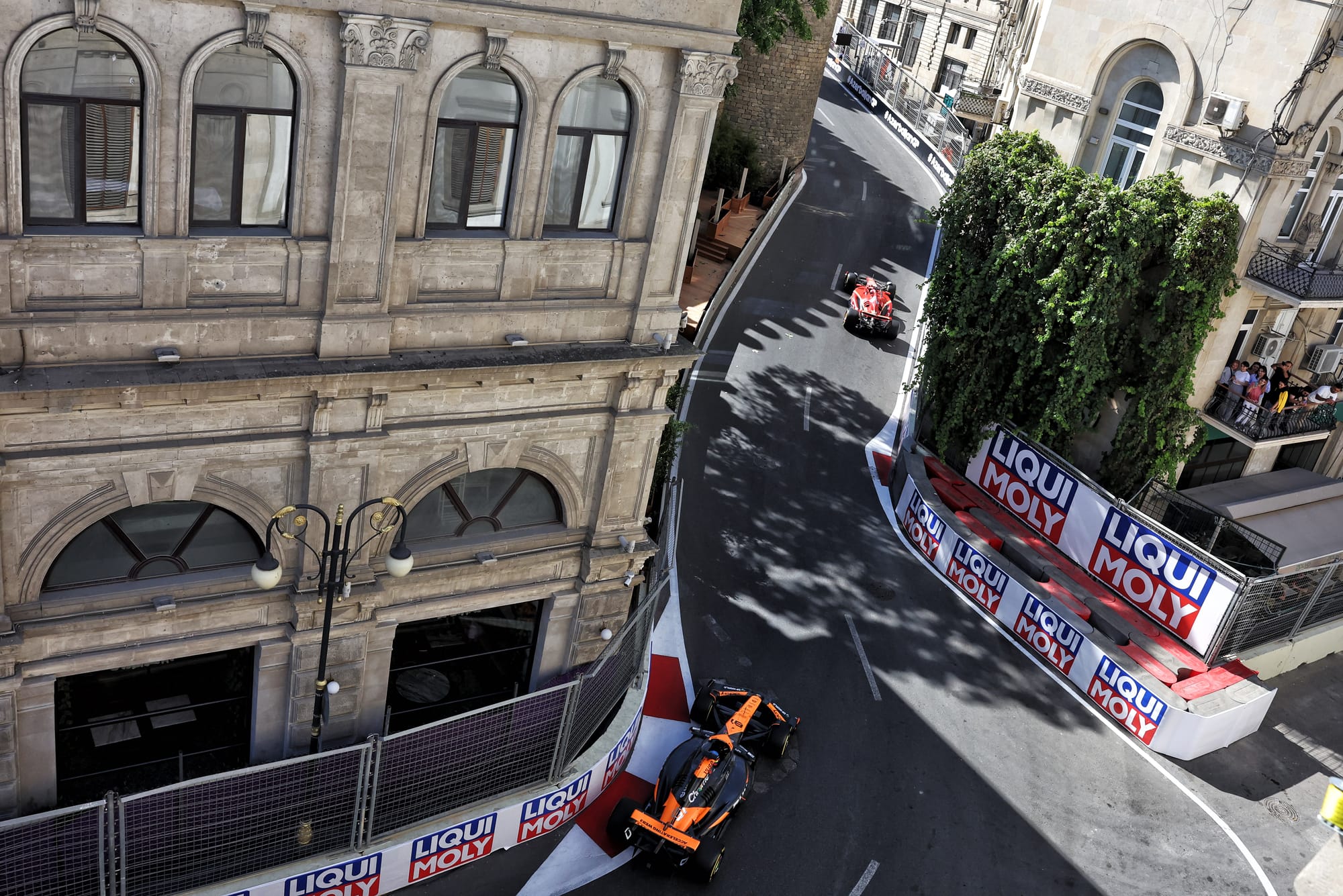
But that focus changed dramatically with the spectacular undercut gains Piastri made by pitting a lap earlier. The McLaren was able to quickly switch on the hard tyre and the Ferrari was just way more reluctant to do so. Within three laps that 6s gap was down to 1.3s. Piastri’s out-lap was three seconds faster than Leclerc’s. Another lap and Piastri was within 25 metres of Leclerc as they approached the Turn 1 braking zone…
Piastri had just been told by his engineer, “We damaged the front tyres a little by attacking Leclerc in that last stint. Let’s not do that again. Be smart.” He took that information on board – and disregarded it!
“When I saw we were so close I knew I had to get past immediately. I saw half an opportunity and I took it," Piastri explained.
LAP 20/51
— Formula 1 (@F1) September 15, 2024
WHAT A MOVE FOR THE LEAD!!! 👏👏
Piastri goes FULL SEND into the first corner and takes the lead from Leclerc!
Stunning!!!#F1 #AzerbaijanGP pic.twitter.com/vEWfwejQ7A
"The clean air helped with the tyres quite a bit. If I hadn’t made the move then I would never have been able to do it because you just sit behind using up your tyres in the dirty air.”
He’s a big fan of clean air and it’s been something of a hobby horse of his for some time. Sometimes the driver just has a better grasp of the nuances of a situation than an engineer can have. This was one of those times.
It really was a stunning move. It was the beginning of lap 20, Leclerc’s hard tyres were three laps old and were still not up to full temperature. He could see Piastri was there but believed he wasn’t going to be attacked. When he saw that he was, he didn’t have the confidence in his cold tyres to brake late. He admitted afterwards he should have blocked – just as Piastri would be doing to him for most of the remaining 31 laps.
“I didn’t think it was going to be that big a deal,” said Leclerc. “I thought I could just stay with him using DRS, saving my tyres and attempt an overtake later. But we were too slow on the straights. That was a small misjudgement of mine which had a big consequence.”
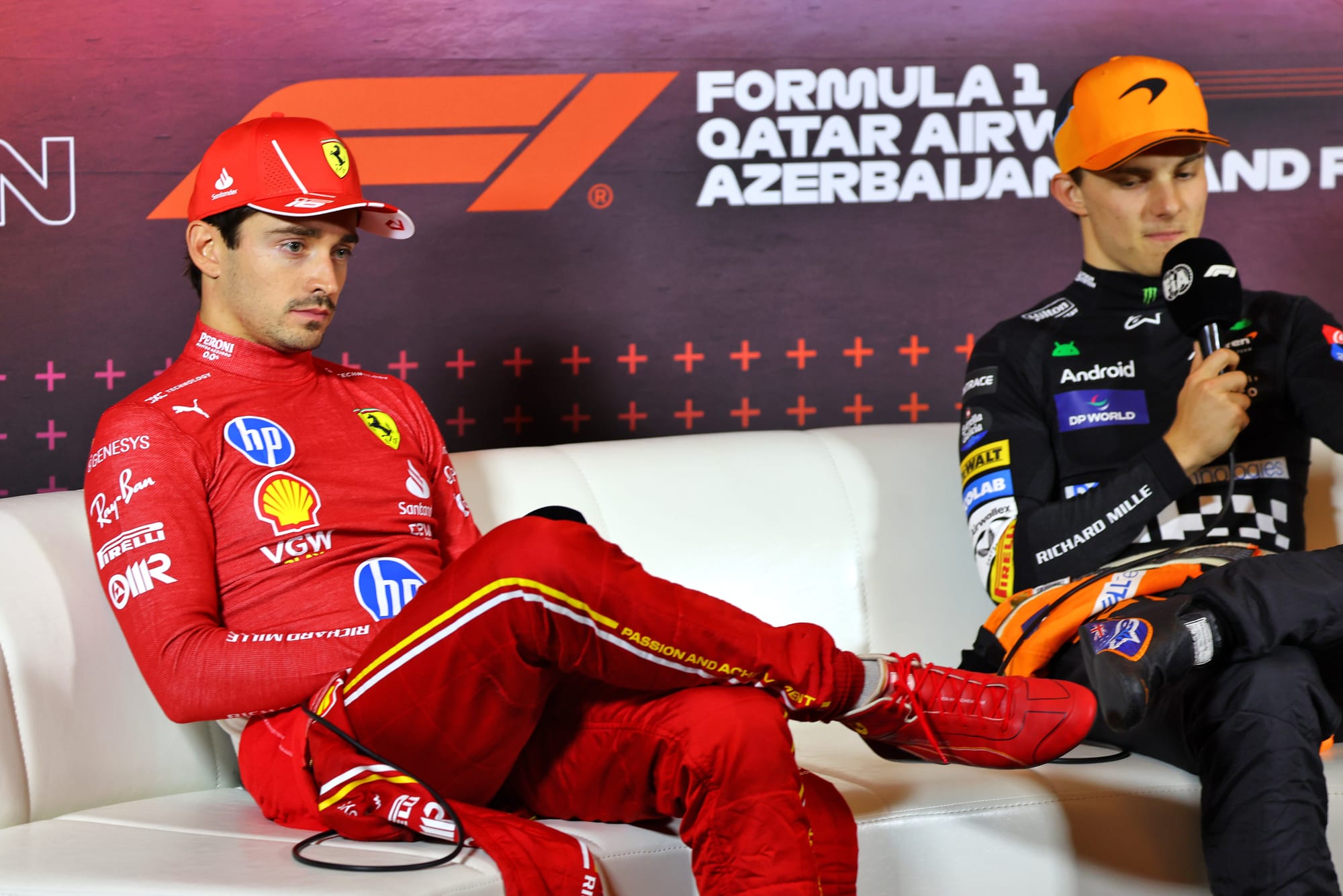
FACTOR 3: THE REAR WING TRICK
Leclerc was surprised at the McLaren’s end-of-straight speed. Both were on their Spa rear wings – which were significantly smaller than that of the Red Bull and a little bigger than that of the Mercedes. But Ferrari and McLaren were quite similar to each other in their chosen downforce levels. Where the McLaren may have had the edge was in the behaviour of that rear wing when not in DRS mode.
There is TV footage of the McLaren’s rear wing at speed, showing the gap between the main plane’s trailing edge and the leading edge of the flap. At high speed it can be seen the flap leading edge deforms a little, increasing the gap between it and main plane, which would reduce drag. McLaren really does seem to be leading the way in (legal) controlled deformation in much the same way Red Bull did in previous years.
Within that foundation – the tyre usage, the strategic nuances, the straightline performances – Piastri and Leclerc went at it for almost 30 laps, rarely more than 1s between them, the Ferrari seemingly permanently in the McLaren’s DRS reach. On the hard tyre, they were flat-out. On one occasion both were spectacularly out of line through Turn 16 as they got the power down. Both were shaving the barriers with their tyre sidewalls through the lap. Piastri was resolutely in his defence, chopping across when necessary, making himself very wide, just hoping that Leclerc would eventually use up his tyres with all that attack in the dirty air.
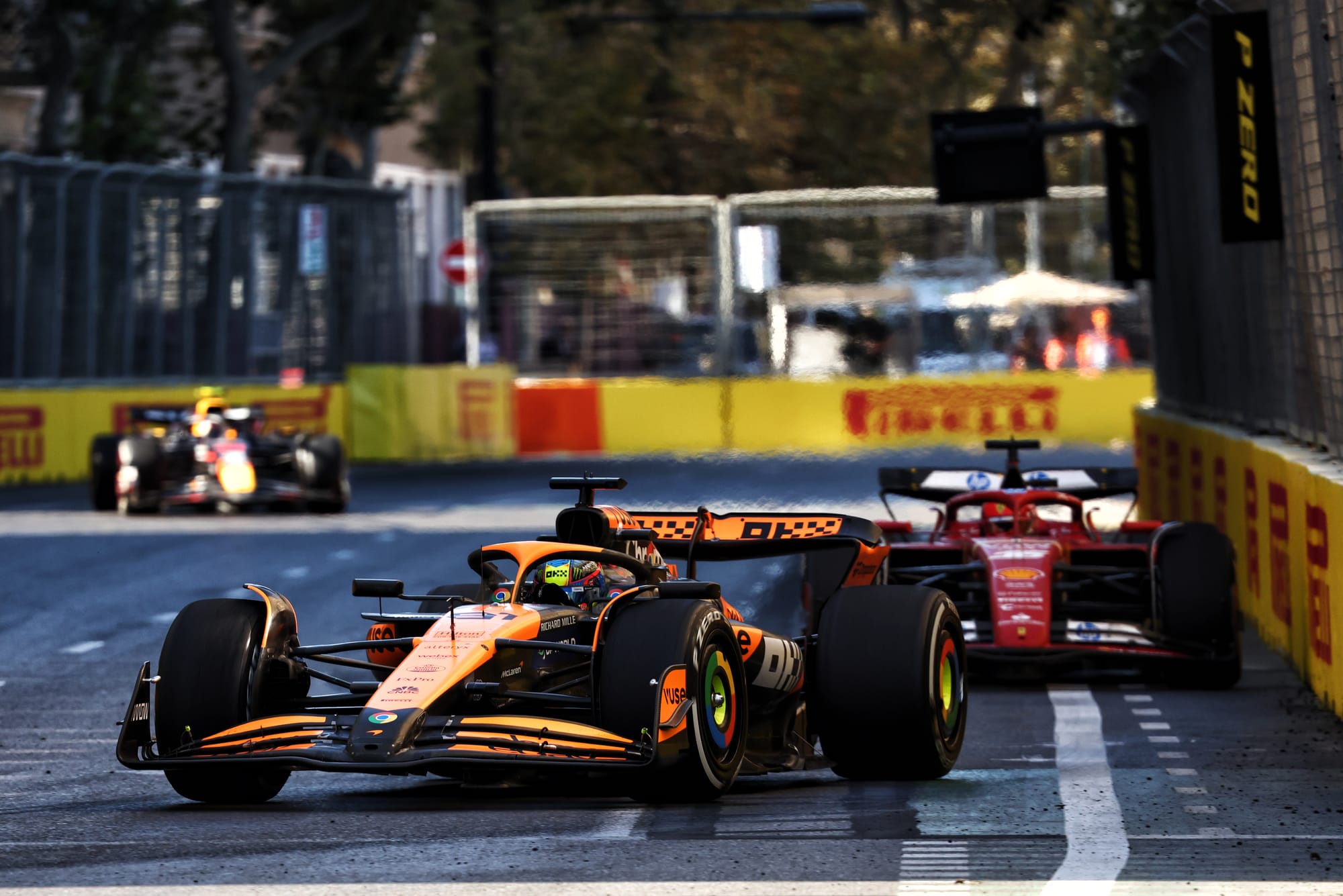
But he became increasingly amazed that the Ferrari would still be right there even as the laps clicked down. Occasionally Leclerc would have to get busy fending off Perez who was right on their pace but sitting back a little, looking after his tyres, ready to attack in the late stages. Sainz then began lapping even faster than the leaders, having given his tyres an easy time in clear air so that by a few laps from the end there were four cars nose-to-tail – and it looked to be anyone’s race.
Three laps from the end Leclerc’s tyres finally gave out. He lost a big chunk of pace – and Piastri was finally released from his stress. Leclerc’s loss of grip then put in place the pieces which triggered the big Perez/Sainz collision on the straight between Turns 2 and 3 on the penultimate lap, Sainz leaning, Perez refusing to yield.
Just like that, George Russell got a surprise podium result. The Mercedes had been hopeless on the medium tyre in the first stint, running behind Max Verstappen’s troubled Red Bull in sixth place but ultimately unable even to keep up with that. But once onto the hards, Russell was flying. Verstappen was not, complaining of bouncing and no grip. Russell made an easy DRS pass on the Red Bull – which then came under pressure from the flying medium-tyred McLaren of his championship rival Norris.
Lando had run long on his original hards, made good progress through the field and then charged on his mediums. He was able to pass the unhappy Verstappen before the VSC for the Perez/Sainz accident. And to take an extra point for the fastest lap. Fourth place was a pretty good recovery from his troubled qualifying but that yellow flag incident was costly indeed.
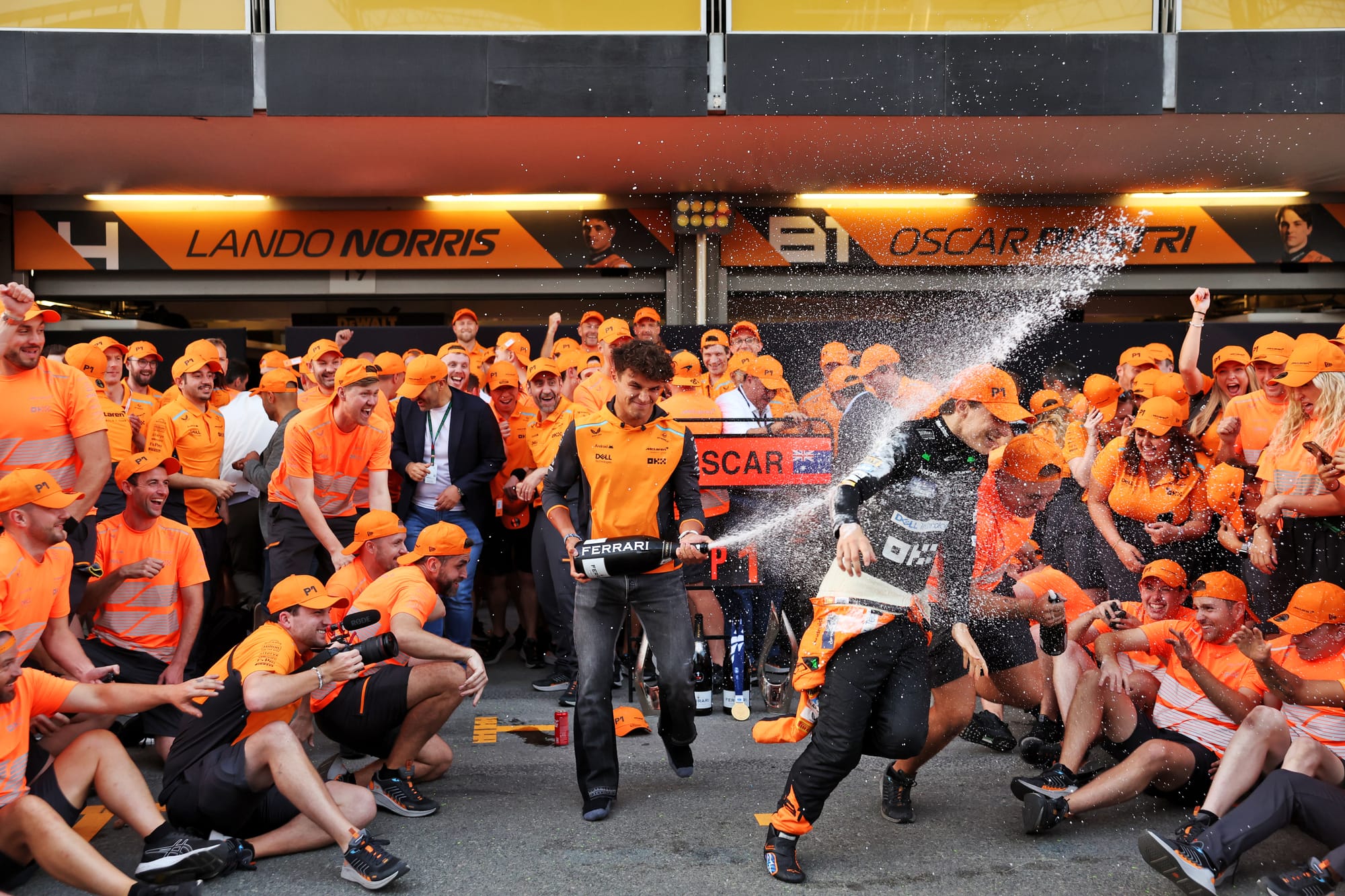
Fernando Alonso’s sixth-place Aston Martin was in no-man’s land and he flattered it by beating the two Williams of Alex Albon and the starring rookie Franco Colapinto. Lewis Hamilton from a pitlane start (for a new power unit which took him over his seasonal limit) had to fight hard to find a way by the Haas of the other starring rookie, Oliver Bearman, for what turned out to be ninth.
Piastri’s brilliant victory (and Norris’ fourth plus fastest lap) puts McLaren in the lead of the constructors championship for the first time in over a decade.
It was fitting that it came as a true team effort. “What a drive and what great team work as Lando did his bit in helping Oscar,” summarised team boss Andrea Stella. Which wasn’t a sentence anyone expected to hear coming into the weekend.


